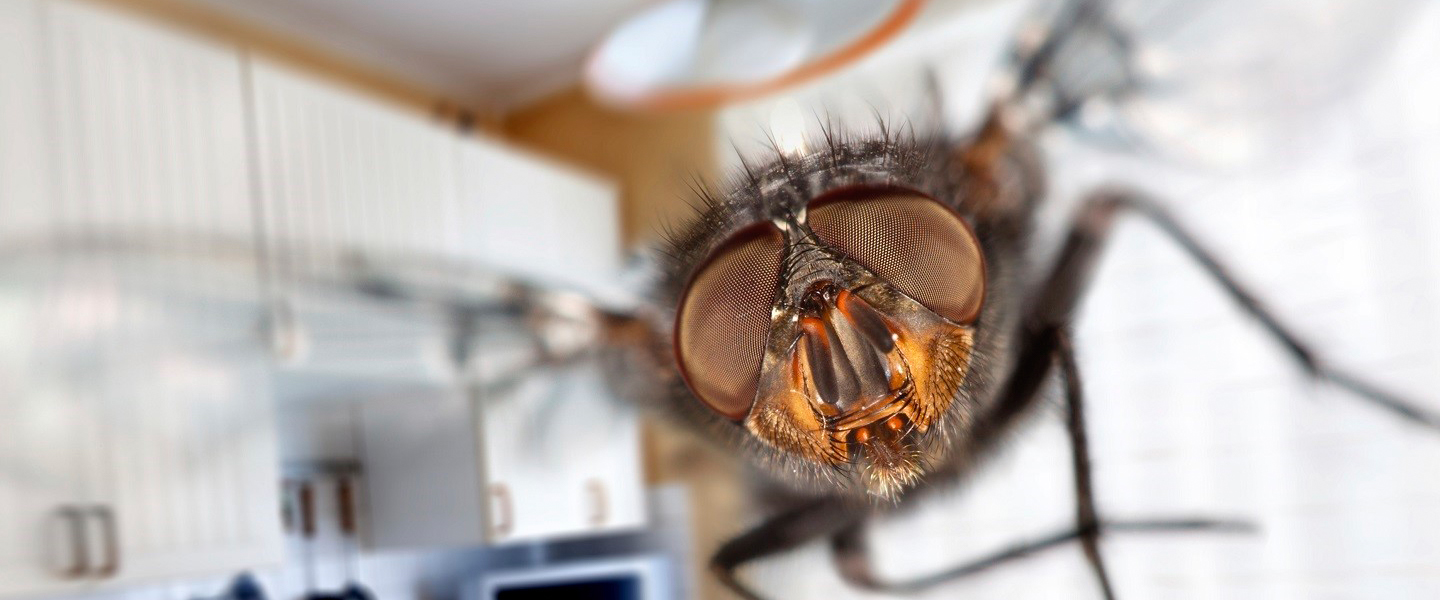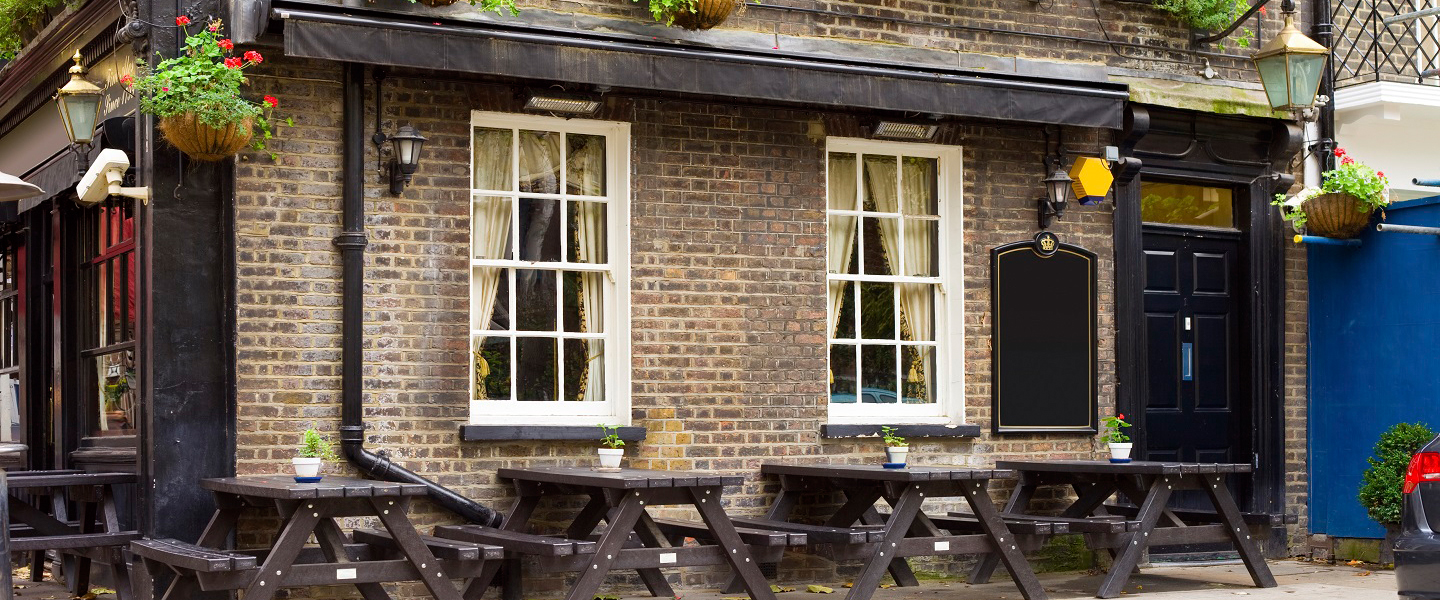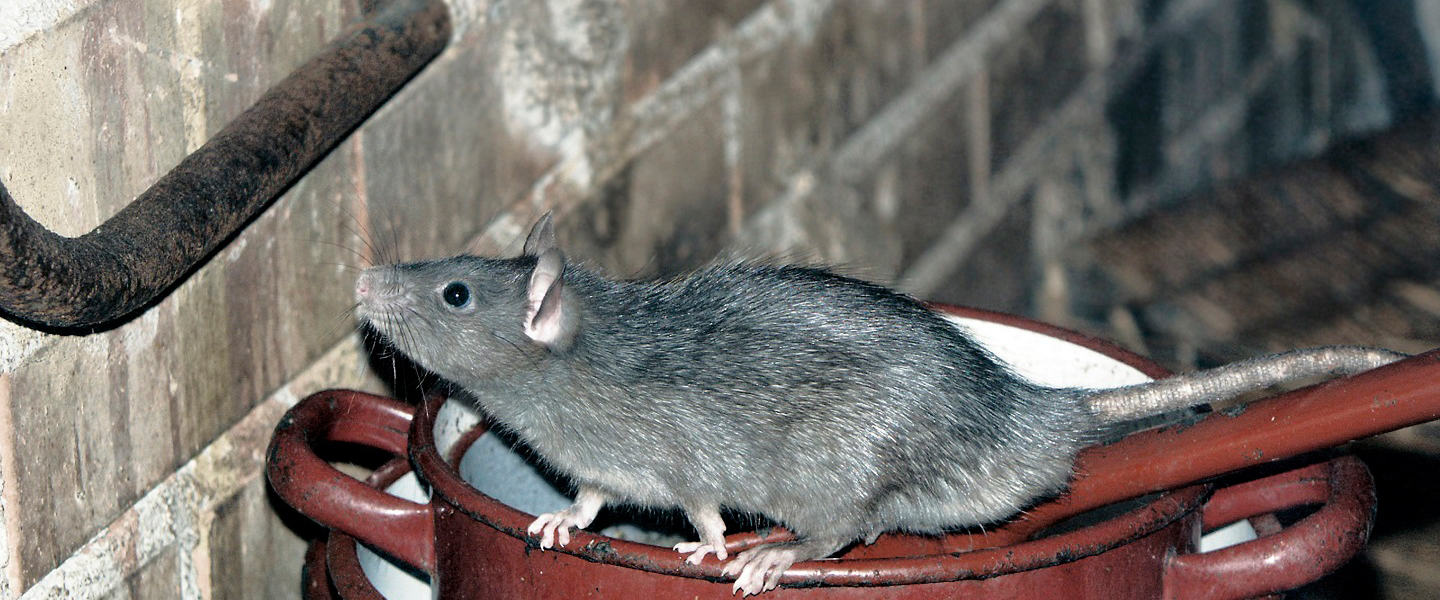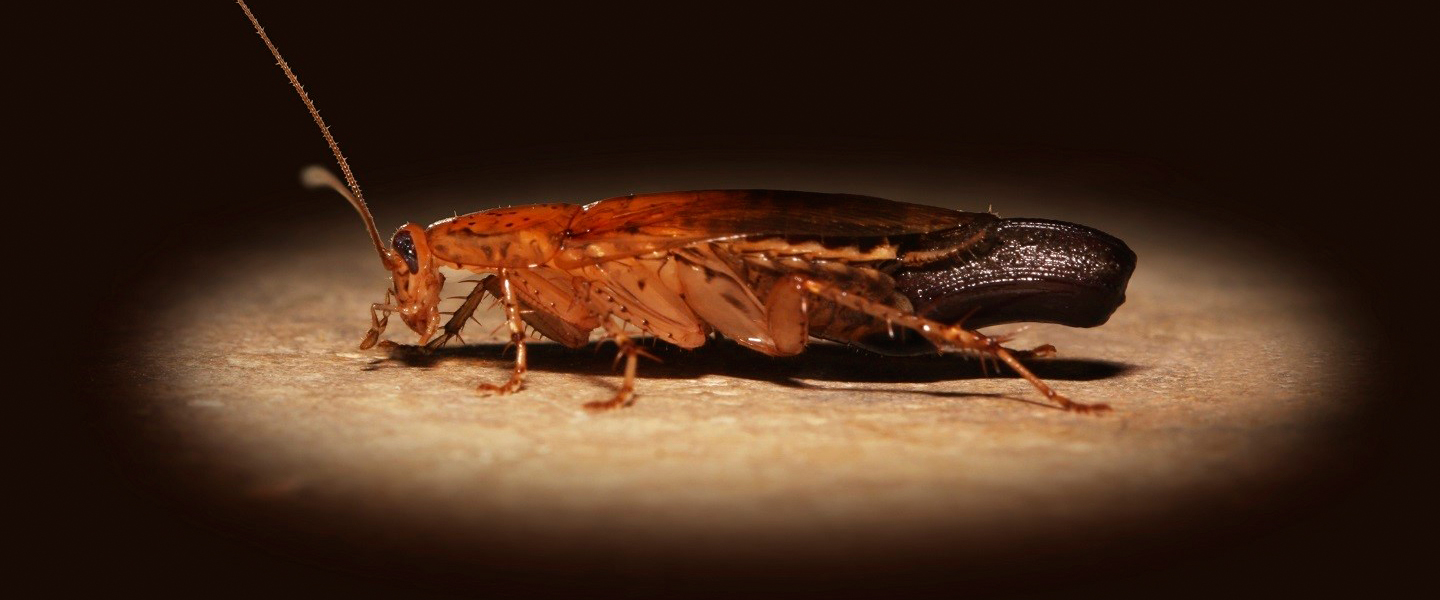Pest Solutions Information
Rats
Common signs of a rat infestation, aside from seeing the rat itself are droppings or smear marks usually along skirting boards, holes, nesting sites or rat runs or burrows in the garden. You may also see gnawing damage either to food containers, particularly to electrical cables or the actual building itself. You could also notice a nasty or unusual smell which is typically the scent of urine, or hear scuttling in your ceiling or beneath floorboards or in the wall cavities.Rats are the source of numerous diseases transmitted to humans and domestic animals, either first hand or via their parasites (fleas from rats caused the spread of the bubonic plague). Rat bites can cause secondary infections which may be fatal and some diseases are spread via their urine. They can also cause extensive damage to your home and its contents (including food) either by eating it, chewing it or urinating on it. They will even gnaw through wood or masonry to gain access to a property, especially if there’s a food source inside.
Mice
The house mouse is one of the most prolific pests in the UK above all else. Common signs of a mice infestation, aside from seeing the mouse itself are small black droppings usually beneath kitchen units or in a cupboard, finding chewed up food packaging or shredded carrier bags. You may also see gnawing damage either to food containers and in particular to electrical cables, which poses a huge fire hazard. You could also notice a nasty or unusual smell which is typically the scent of urine, or hear scuttling in your ceiling or beneath floorboards or in the wall cavities. Mice are the source of numerous diseases transmitted to humans and domestic animals, either first hand or via their parasites (commonly toxoplasmosis, salmonella and typhus). They can also cause extensive damage to your home and its contents (including food) either by eating it, chewing it or urinating on it.
Squirrels
Grey squirrels are not a protected species and will do considerable damage to your property. They breed in early spring, Summer and Late Autumn and have between 1-5 young per litter. They will commonly choose your loft or roof void as their nest site and will shred timber, electrical cables and use the loft insulation as their Drey. They are a major fire hazard in lofts due to the damage they frequently do to the electrical cables, and they only require a hole or gap the size of their small heads to gain entry into your property.
Cockroaches
The two main cockroaches found in the UK are The Oriental cockroach and the German Cockroach. The Oriental cockroach is the larger of the two at approx 25mm long and is usually a reddish brown colour. The German Cockroach smaller at around 17mm long is a lighter brown with two dark stripes behind its head. Cockroaches are nocturnal (prefer to come out at night) so they will avoid daylight and like to hide in cracks and crevices, behind appliances or beneath floor boards. If an infestation is ignored and the levels are high you will also undoubtably see them in the daytime too. They inhabit our homes or restaurants and can transmit diseases with ease as they can carry dysentery, salmonella, gastro-enteritis and typhoid. It is essential to maintain good hygiene, especially in food preparation areas. Cockroaches also like moist environments and require access to water. Cockroaches can survive for a month without food but only a week without water therefore fixing leaking water pipes and cleaning up spills is a necessity.
Bed Bugs
Bed bugs are a real pain to humans and do not differentiate between clean or unhygienic conditions, due to the frequency of travel, infestations of bed bugs are extremely common. By the time you have started getting bitten by bed bugs, unfortunately the infestation is quite severe, other signs to look for are blood spots on the bed sheets or mattresses or dirty markings which is usually the bed bug excrement. Bed bugs are flattish and approx 5mm in length at fully grown and are a reddish brown colour particularly after they have fed. Bed bugs are nocturnal and will most commonly hide in the bed frame, the skirting boards, behind pictures, in cracks and crevices, behind wall paper and in clothing. The bites themselves are painless but over time the area becomes irritated and very itchy. Not everyone reacts the same to bed bug bites and many times bed bugs will choose to feed on just one person more than another.
Fleas
Fleas are a common problem in a property or commercial premises, they are more prevalent when you own a pet, however they are also carried on other animals such as rats, mice, rabbits, foxes and other livestock such as pigs. Fleas are parasites and the bites can be itchy and uncomfortable or even result in a rash or allergic reaction to the flea saliva.
Wasps
Wasps are bright yellow with black stripes, they build paper nests commonly found in lofts, under roof tiles, in soffits and facias and walls. Wasps can sting multiple times and they will release a pheromone that lets other wasps in that nest know that it is under threat which will result in suddenly having hundreds of aggressive wasps around you.
Pigeons
Pigeons can cause extensive damage to buildings and properties, they pose huge health risks from the spread of disease and the droppings (Guano) are extremely acidic causing concrete, brickwork and stone to stain, erode, disintegrate and ultimately destroy the appearance of a building. The health risks associated include salmonella, meningitis and histoplasmosis to name but a few, they also carry parasites, lice, fleas and mites.
Moths
The most common moth pest to invade your premises is the clothes or carpet moth. You may notice random holes in your favourite jumper or the carpet looking a bit dimply or even progress onto thinning areas or bald spots of carpet. These moths are not the type that fly towards lights, instead preferring your wardrobe, storage chest or chest of drawers. The eggs are white and are very difficult to locate, the larvae are opaque with a small brown head (similar to a tiny maggot). the larvae take apprx 6 weeks to develop into moths and it is at this time that the larvae feed on your fabric, always preferring expensive wool, silk, cashmere, feathers or fur to cheaper man made fabrics.
Ants
Ants pose a risk of contamination to surfaces or food, bringing with them whatever unhygienic conditions they have previously walked across before coming into your property. The most common ant we see is the worker or garden ant, coming in at around 4mm long and black or dark brown in colour. During the mating season you can also see swarms of flying ants which is the fertile male and immature queens which will breed in flight.
Pharaoh Ants are less common and will require warmth and moisture to set up their home, they are much smaller than garden ants usually around 1-2mm in length and are a yellow - brown colour.
Woodworm
The adult beetle lays their eggs in cracks of wood, be it the floorboards, wooden beams or a favourite piece of furniture. They will burrow deep into the wood and can remain for many years making a maze of tunnels in their path and ignoring the problem can lead to the strength and performance of the item being compromised.
Flies
House flies, bluebottle flies and fruit flies are the most common flies in the UK. House flies eat by regurgitating digestive juices onto the food source to liquefy it, to then suck it back up taking any bacteria present. Flies will commonly go from rotting foods to animal faeces and then onto foods for human consumption all the time passing bacteria from source to source. Flies carry gastroenteritis, dysentery, typhoid, tuberculosis and cholera also carrying intestinal worms and their eggs. Bluebottle or blow flies usually indicate another pest as they commonly breed on dead animals/rodents. Fruit flies are usually indicative of rotting fruit or unclean spillages or sticky substances and multiply very rapidly.
Other Insects
Silverfish: These pests thrive in dark damp environments and are more commonly found in kitchens, bathrooms and basements
Stored Product Insects: There are a variety different insects (most commonly beetles, weevils or moths) that will infest stored foods, in a home this infestation is usually brought into your property from a bag of rice or dried fruit or cereal but if unnoticed will quickly spread throughout your kitchen or pantry. In a business or feed production, SPI’s can be very detrimental and can contaminate food products making them unfit for sale or consumption.
Ladybirds: In the UK Ladybirds invades homes and businesses usually in October in preparation for hibernation and warm summers usually ensure that ladybirds can breed in the thousands, causing havoc in homes and businesses if left untreated.
Proofing
Builders are excellent at building properties but very little thought is ever given to preventing rodents from getting inside, unfortunately with local council cutbacks and waste collection frequency reduced to fortnightly, rodent levels are notoriously on the rise. At Solutions Tad Ltd we understand that a rodent infestation in your property or business is really unpleasent to say the least, but to prevent another episode from ever happening again, thought must be put into proofing the property correctly. As a standard part of our rodent treatment we will always provide you with a free no obligation quotation to completely proof the premises so you can have full peace of mind that you will not get another invasion again.
Annual Service Contracts
Solutions Tad Ltd can provide your premises with a bespoke package for all year round pest control to ensure that you are fully compliant with all of the regulations. Annual Service contracts are the most cost efficient way to fully protect your premises, staff and customers, we will provide you with a free no obligation quotation and we can guarantee to beat your current provider on quality of service and save you money (based on like for like service plan).
(EXTRACTS FROM) FOOD SAFETY ACT 1990
Section 21 provides the defense of "due diligence" in any proceedings for an offence if the person charged is able to prove that all reasonable precautions were taken and due diligence exercised to avoid the offence being committed. Actions taken to prevent or control pests by engaging the services of a professional pest control company may be put forward as part of a due diligence defense.
It is recommended that any establishment that stores, prepares, holds, cooks or serves food for human consumption, including packaged confectionery, engage the services of a pest control company.
FOOD SAFETY (GENERAL FOOD HYGIENE) REGULATIONS 1995
Chapter 1 section 2 c of the above regulations (Legal requirements) states that "Food businesses must take all reasonable precautions to prevent food pests, namely rats, mice, cockroaches, and flying insects gaining entry into food storage and preparation areas". This is to prevent the contamination of foodstuffs.
Chapter 11 section 1 d of the above regulations (Legal requirement) states that "Windows and other openings which can be opened to the outside environment must where necessary be fitted with insect proof screens". It goes on to say that windows must be screened if:
- They open directly into food preparation areas.
- They are opened for ventilation during food preparation.
- Screening is necessary to prevent a risk of infestation and / or contamination.
FURTHER LEGISLATION RELATING TO PEST CONTROL:
The Environmental Protection Act 1990
Prevention of Damage by Pests Act 1949
The Protection of Animals Act 1911
Protection of Animals (Amendment) Act 1927
The Destructive Imported Animals Act 1932
Public Health Act 1936
Public Health Act 1961
The Prevention of Damage by Rabbits Act 1939
Agriculture Act 1947
Control of Pollution Act 1974
Health and Safety at Work Act 1974
The Poisons Act 1972
The Local Government Act 1972
Health Services & Public Health Act 1968 & the Public Health (Infectious Diseases) Regulations 1968
Pests Act 1954
The Control of Substances Hazardous to Health Regulation 1988
Control of Pesticides Regulations 1986




